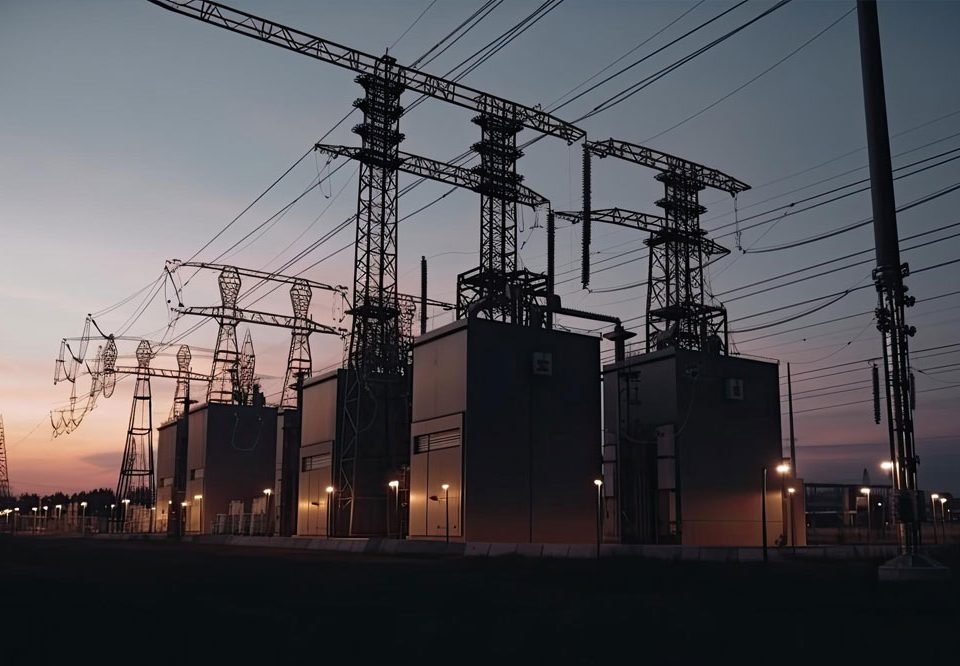
Energy Infrastructure Development in Saudi Arabia
Energy infrastructure development is a critical component of Saudi Arabia’s Vision 2030, a comprehensive plan aimed at transforming the Kingdom’s economy and energy sector. As one of the world’s largest energy producers and consumers, Saudi Arabia is committed to expanding and modernizing its energy infrastructure to meet growing demands, enhance energy efficiency, and diversify its energy mix.
Key Initiatives and Projects:
Power Generation: Saudi Arabia is investing in new power generation facilities, including gas-fired and renewable energy plants. These projects aim to increase electricity production capacity and reduce dependence on fossil fuels for power generation.
Transmission and Distribution: Upgrading and expanding the electricity transmission and distribution network is essential for ensuring a reliable supply of electricity to consumers across the Kingdom. Investments in smart grids and advanced technology are enhancing grid reliability and efficiency.
Oil and Gas Infrastructure: Saudi Arabia continues to invest in its oil and gas infrastructure, including pipelines, refineries, and petrochemical facilities. These developments support the Kingdom’s position as a major player in the global energy market.
Renewable Energy: The Kingdom is actively developing renewable energy infrastructure, with a focus on solar and wind projects. Large-scale solar parks and wind farms are being constructed to harness the abundant natural resources available in Saudi Arabia.
Private Sector Participation:
Saudi Arabia encourages private sector involvement in energy infrastructure development through public-private partnerships (PPPs) and investment opportunities. Private companies, both local and international, play a significant role in financing and implementing infrastructure projects.
Technology and Innovation:
Advanced technologies are being deployed in energy infrastructure to improve efficiency and sustainability. This includes the adoption of digital solutions, automation, and smart grid technologies to optimize energy production, distribution, and consumption.
Sustainability and Environmental Considerations:
Sustainability is a key consideration in energy infrastructure development. Saudi Arabia is working to reduce the environmental impact of its energy operations by incorporating energy-efficient practices, reducing emissions, and investing in clean energy sources.
Challenges and Considerations:
Funding and Financing: The scale of energy infrastructure projects often requires substantial funding. Innovative financing models and attracting foreign investments are strategies being explored.
Grid Integration: Integrating renewable energy sources into the existing grid and ensuring grid stability pose technical challenges that require careful planning and investment.
Environmental Regulations: Compliance with local and international environmental regulations is crucial, and projects are designed with sustainability and environmental impact in mind.
Conclusion:
Energy infrastructure development in Saudi Arabia is pivotal to the nation’s sustainable economic growth and energy security. The Kingdom’s commitment to diversifying its energy sources, increasing efficiency, and embracing innovation positions it as a leader in the global energy landscape. As investments continue to flow into energy infrastructure projects, Saudi Arabia’s energy sector is poised for further expansion, modernization, and environmental responsibility.
